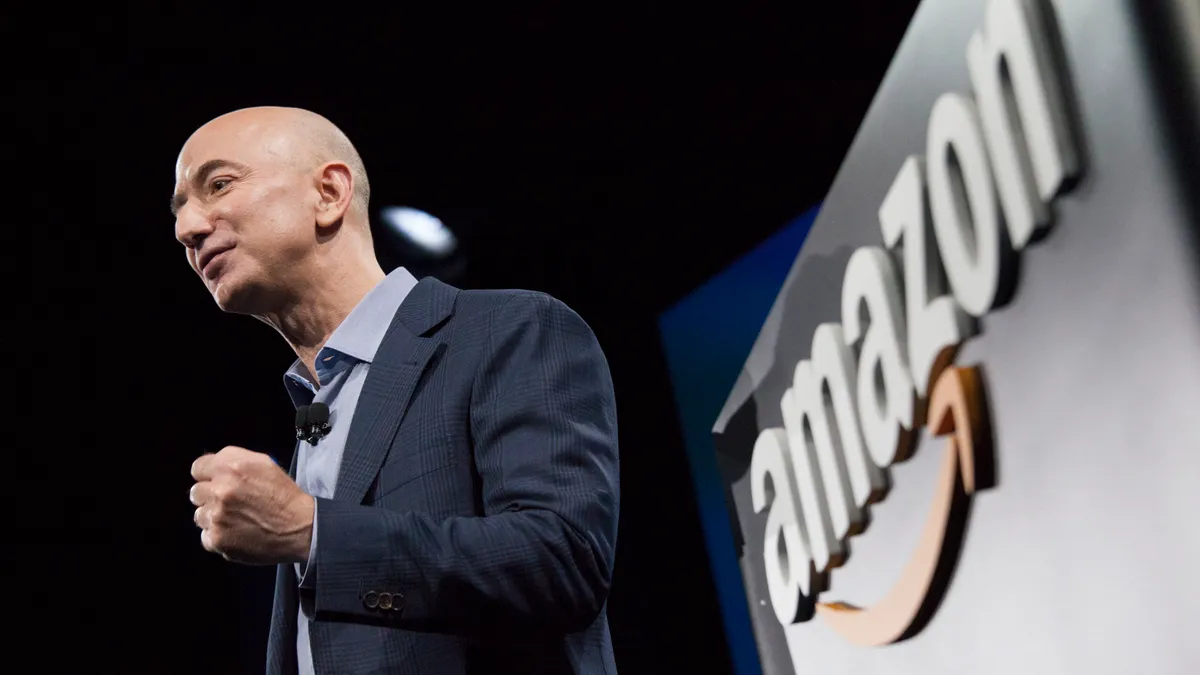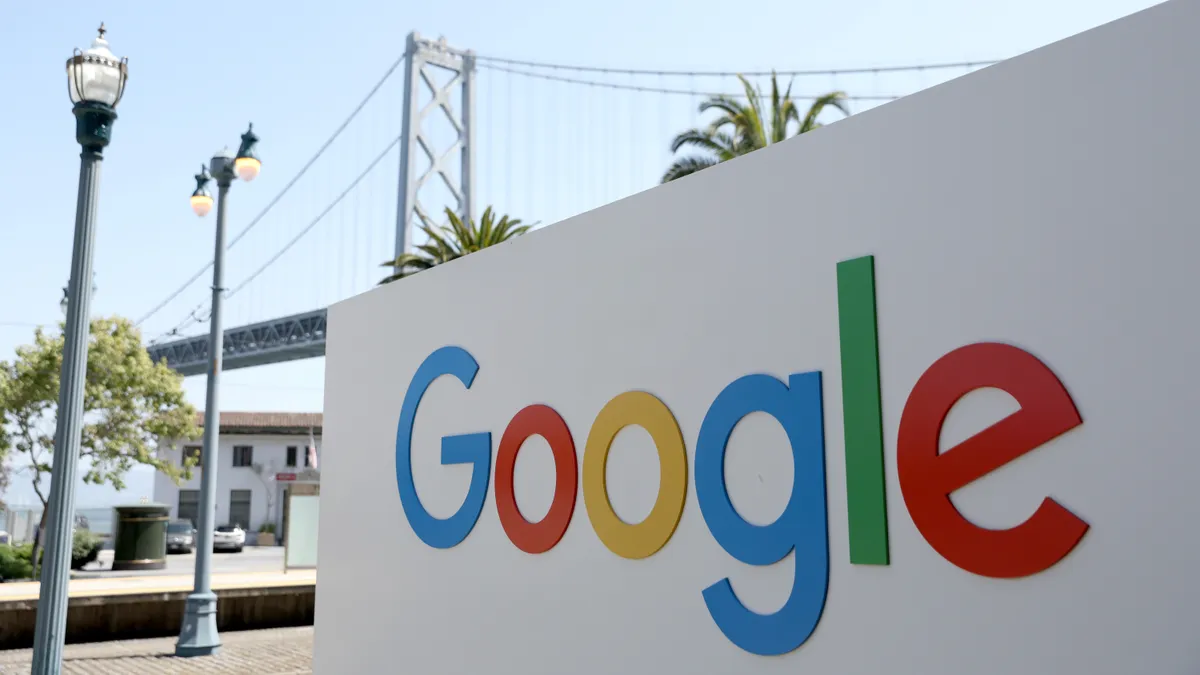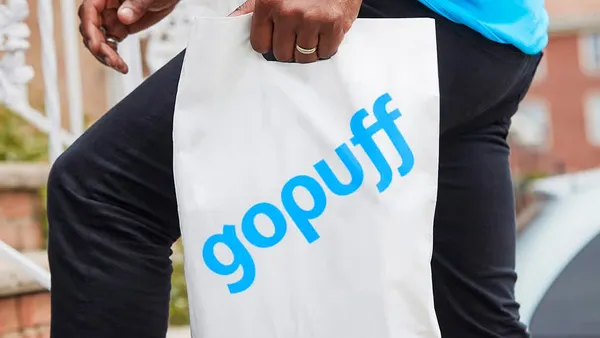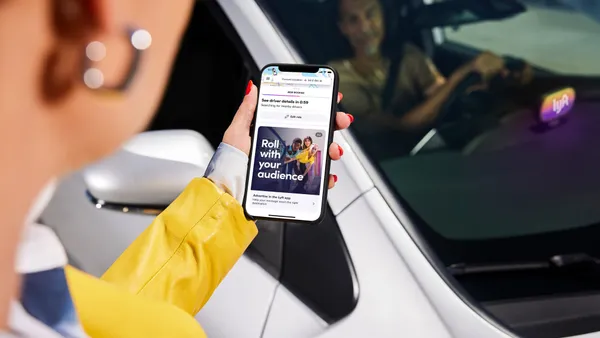Dive Brief:
- Amazon was awarded a patent on May 30 for a technology to prevent shoppers at brick-and-mortar stores from using the retailer’s WiFi network to compare products and prices with competitor websites, according to the Washington Post, which is owned by Amazon founder Jeff Bezos. Shoppers can still avoid those limitations with a cellular data connection.
- The patent, titled “Physical Store Online Shopping Control,” describes a system to identify when a smartphone user is trying to access a competitor’s website, often known as "showrooming" or "mobile window shopping." An Amazon-run store can respond by blocking access to a competitor’s site, redirecting the customer to Amazon’s website, notifying an Amazon salesperson to talk to the customer or sending a text message, coupon or other information to the shopper’s mobile phone.
- In other news, Amazon is reportedly considering bringing its no-checkout technology to Whole Foods, enabling shoppers to pay with a smartphone without going to a checkout kiosk, according to a report from Bloomberg.
Dive Insight:
Amazon’s $13.7 billion purchase of grocery chain Whole Foods Market has retailers speculating about how the e-commerce giant will transform the way people shop in brick-and-mortar stores. When completed, the acquisition of Whole Foods will give Amazon 465 stores to use as a platform for online grocery ordering and delivery. Its Amazon Fresh service already offers delivery in New York, Chicago, Los Angeles and San Francisco. But whether the company implements the technology to prevent comparison-shopping for everyday grocery items remains to be seen, especially since the technology can be easily bypassed with a cellular data connection.
Amazon has provided some insight into its retail strategy with the opening of several bookstores that interact with its mobile app to provide recommendations, handle transactions and push its $99 Amazon Prime subscription that offers free two-day shipping on many products, video rentals and music streaming among its services.
Amazon is testing another cost-cutting effort through new no-checkout technology that lets Whole Foods shoppers pay with a smartphone without stopping at a cash register or getting assistance from an employee. This approach, which is being developed at its Seattle AmazonGo convenience store, would help Whole Foods differentiate itself from other brick-and-mortar grocery stores and likely reduce labor costs.
The purchase of Whole Foods triggered a sell-off in the stocks of other retailers, but not necessarily because of any worries about Amazon’s shopping control patent. The bigger concern is Amazon’s innovations in the physical distribution of products, including the future use of autonomous vehicles and drones to deliver goods to shoppers. The grocery business has notoriously thin profit margins, and Amazon’s ability to squeeze costs out of distribution is likely to bring pricing pressure to the grocery market overall.
Meanwhile, Walmart, which has a 25% share of the grocery market, compared with Whole Foods Market’s 1.6%, isn’t standing still as Amazon moves in on its turf. The discount chain announced plans this month to test out delivery services in which its employees will deliver products while commuting home. Even as chains expand delivery services, many consumers say they actually enjoy going to the grocery store. Nielsen research found that 54% of grocery shoppers in North America said they prefer to buy at a physical store and would not consider online grocery purchases, while 4% said they regularly buy online.














